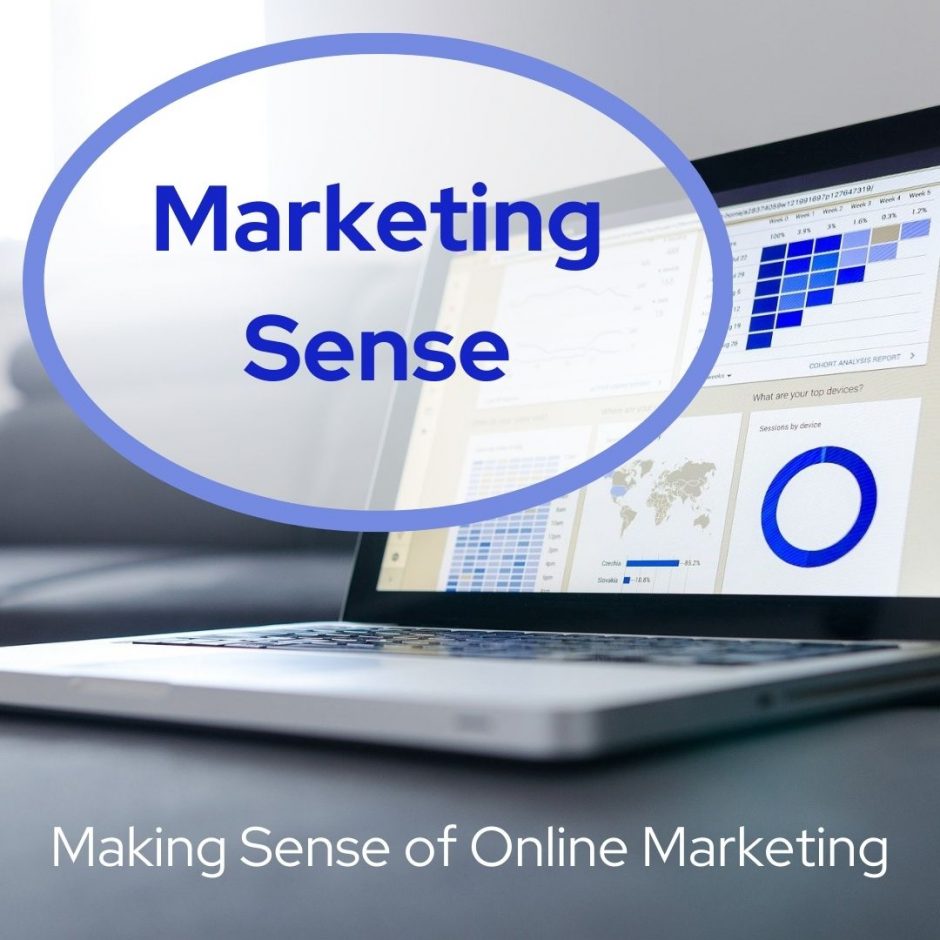The most engaging blog posts have five elements: content, a title, subheads, images, and white space.
If you haven’t already, break your primary topic down into 6-8 secondary topics, those subjects you consistently offer your audience. If you use WordPress, these subjects can become your blog categories.
Then dissect each secondary topic into a tertiary topic as a “mini topic.” These can become your blog’s tags…still a vital part of your message but lower on the food chain.
If you’re new to blogging, first create blog posts about your primary topic, then each secondary subject, and finally, your tertiary material. Working from the center out allows you to offer a broad range of helpful information without straying from your primary message.
After you go broad, go deep next. Choose one of your three content levels (primary, secondary, or tertiary) and take your reader on a deep dive focused on a single point. A short blog post that’s utterly clear is more valuable than a long one that bounces back and forth, getting nowhere.
There are no rigid rules here. This is a simple way to offer valuable content without covering your office walls with content ideas. Even a content plan as simple as the one mentioned above can keep you on track. Offer what you know your readers want to know, and they’ll return, bringing their friends.
Create a Great Title to Catch Your Reader’s Eye by Revealing Your Content’s Direction (Not the Content Itself)
Be careful your title doesn’t include every pertinent morsel or your reader won’t need to, well, read it. 🙂
Here’s a fictional example for an article about a prisoner’s escape and subsequent financial gain: How I Escaped Alcatraz and Became a Millionaire.
No reason to read that article! The title reveals all the main points.
What if we changed it to… The Last Man to Escape Alcatraz. There’s some intrigue in that headline, yes? The title reveals enough about the article’s content without revealing everything. Curiosity would draw readers to this article.
Why Are Subheads Important?
Everywhere we turn, we’re exposed to content. Usually it’s too long, too boring, and disorganized. So we’ve learned to scan before reading.
Subheads–bolded words sized slightly larger than your content’s text–seen above–show readers your post’s structure at a glance.
Without subheads, readers have two options:
#1: read the entire article to discover what it’s about, or
#2: leave your website.
Guess which one they’re more likely to do? Subheads help readers scan. Use them.
Images Support Your Content
Photographs, diagrams, maps, and so on increase your content’s value by supporting it. Even a basic visual is better than none, “pulling” readers down the page so (say it with me) they will keep reading.
Why Readers Like “White Space” Even if They Don’t Know What It Is
Blank, empty space gives readers a visual break. We’ve both landed on a website crammed with paragraph after paragraph of single-spaced text. Don’t we leave immediately? Our eyes need space to differentiate one point or paragraph from another.
White space increases readability. We’re more likely to understand-and share–content when we can read it, right?
These five elements, used together, can transform a “so-so” blog post into one your readers will savor for years. Write one. Then another. And another. And watch your audience grow.

Patricia Durgin is an Online Marketing Coach and Facebook Live Expert. She trains Christian writers and speakers exclusively, helping them develop their messaging, marketing funnels, conversational emails, and Facebook Live programs. Patricia hosted 505 (60-minute) Facebook Live programs from 2018-2020. That program is on indefinite hiatus. She’s also a regular faculty member at Christian writers and speakers conferences around the country.



 We love helping your growing in your writing career.
We love helping your growing in your writing career.

No Comments